The last time I was in Bologna was in 2009, with Karen when we were celebrating my 50th birthday. At that stage, I wasn't terribly excited about the city, but Karen loved it, especially the university culture and the food - one of the town's nicknames is Le Grasse (the fat one) because of its food culture and legacy. Ragù (bolognaise sauce) was invented here, and apparently the locals get quite offended if you call it spag bol !! Garth had it for dinner last night and was quite impressed (means it must be good because he makes a very mean spag bol).
We were very surprised when we set off yesterday morning because there were no vehicles or people on the streets, and we soon found out why - there was a very large protest of people from many towns in Italy marching around the centre of the city towards the main Piazza (we assume they were protesting about the economic situation and working conditions)
. Although they were very noisy with their whistles and megaphones, it made it very easy to negotiate the streets and tourist sights, given there were no cars and very few people!
Bologna University was founded in 1088 and is the oldest uni in the world. While we were visiting, we assume graduation ceremonies were taking place because lots of students were walking around with garlands of leaves on their heads, and groups of family and friends were doing lots of cheering and were madly popping champagne corks for toasts.
One of the things we liked about Bologna was that just about every single building in the old town has a huge loggia (covered walkway with pillars and arches) which would make it very easy to get around in the rain. We explored a couple of beautiful churches. The first one was the Church of San Pietro (which gave us great respite from the noise of the protestors!) and the second one was the Church of San Stefano
. The second one was part of a medieval religious centre, and originally it had seven churches, but now only four remain. The first one of the four is an 11th century church which houses the bones of San Petronio, and the second one has a plaque which shows (supposedly) where Pontius Pilot is supposed to have washed his hands after condemning Christ to death. The last of the four churches is the city's oldest, and it includes some beautiful masonry and carvings from roman times. We also visited the cathedral - fifth largest church in the world - but it closed 5 minutes after we got there so it was a very quick visit!
We then visited the Archiginnasio Palace - the Palace was the first permanent seat of the University of Bologna, and it was set up to concentrate many of the uni schools into one place (archiginnasio means new schools). There are two main rooms open to the public. The first is the Anatomy Theatre where anatomy was taught to students. This room has beautiful wooden walls, but a marble 'altar like platform' in the middle where the dissection of corpses took place. The lecturer's chair is supported by statues of two skinless men! In other parts of the museum, there is a library of old scholarly texts, as well as many coats of arms and names of students who became famous after their studies were completed at the university.
There are numerous towers in Bologna, but there are two leaning towers - surprisingly these don't get the airplay that the Pisa one gets! The smaller of the two towers leans 3
.2 metres and the bigger one leans a far more modest 1.3m. We climbed up the taller one, called the Torre degli Asinelli, which is 98 metres high and has 490+ steps. Some of the sets of stairs were incredibly tiny, and it was impossible to put your foot straight out on the step (Garth had to walk down sidewards very slowly!). There were great views across the city, showing the endless red roofs, the towers, many churches and some quite ornate loggias. The tower was built by the Asinelli family in the early 1100s, but it's not clear why it was built (other than to skite about having the tallest tower in town!). Unlike the towers in Tuscany, this one was too narrow to live in.
Finally, we visited the area around the main square, including the impressive Palazzo Communale - it's the home of the bologna city council since 1336. Outside there are three large panels with hundreds of photos of partisans killed fighting the German occupation in WW2. Which reminds me, we saw quite a few plaques around the city commemorating the people killed by bombs over the years, including a huge blast in 1980 in the waiting room of the railway station. Many families as well as individuals were killed (85 killed and 200 injured) and I remember there was a reign of terror around that time as neo-fascist terrorist organisations set off bombs in public places in several areas of Italy.
Bologna
Wednesday, October 15, 2014
 Bologna, Emilia-Romagna, Italy
Bologna, Emilia-Romagna, Italy
Other Entries
-
17Palazzo Davanzati and Villa Petraea
Sep 1926 days prior Florence, Italyphoto_camera34videocam 0comment 0
Florence, Italyphoto_camera34videocam 0comment 0 -
18Duomo (cathedral)
Sep 2124 days prior Florence, Italyphoto_camera13videocam 0comment 0
Florence, Italyphoto_camera13videocam 0comment 0 -
19The dome and baptistery
Sep 2223 days prior Florence, Italyphoto_camera38videocam 2comment 1
Florence, Italyphoto_camera38videocam 2comment 1 -
20San Marco church, and many more road signs!
Sep 2322 days prior Florence, Italyphoto_camera34videocam 0comment 0
Florence, Italyphoto_camera34videocam 0comment 0 -
21Pistoia
Sep 2421 days prior Florence, Italyphoto_camera25videocam 0comment 0
Florence, Italyphoto_camera25videocam 0comment 0 -
22Off to Sulmona
Sep 2718 days prior Florence, Italyphoto_camera19videocam 0comment 0
Florence, Italyphoto_camera19videocam 0comment 0 -
23Around Sulmona
Sep 2817 days prior Sulmona, Italyphoto_camera35videocam 0comment 1
Sulmona, Italyphoto_camera35videocam 0comment 1 -
24The Morronese Abbey and Monastery of St Onofrio
Sep 2916 days prior Sulmona, Italyphoto_camera18videocam 1comment 0
Sulmona, Italyphoto_camera18videocam 1comment 0 -
25The journey to Atrani
Sep 3015 days prior Castiglione, Italyphoto_camera14videocam 1comment 0
Castiglione, Italyphoto_camera14videocam 1comment 0 -
26Ravello
Oct 0114 days prior Atrani, Italyphoto_camera5videocam 0comment 1
Atrani, Italyphoto_camera5videocam 0comment 1 -
27Amalfi
Oct 0213 days prior Atrani, Italyphoto_camera27videocam 0comment 1
Atrani, Italyphoto_camera27videocam 0comment 1 -
28Last day in Atrani
Oct 0411 days prior Atrani, Italyphoto_camera15videocam 0comment 0
Atrani, Italyphoto_camera15videocam 0comment 0 -
29Sorrento
Oct 069 days prior Sorrento, Italyphoto_camera13videocam 0comment 0
Sorrento, Italyphoto_camera13videocam 0comment 0 -
30Pompeii
Oct 078 days prior Sorrento, Italyphoto_camera57videocam 0comment 0
Sorrento, Italyphoto_camera57videocam 0comment 0 -
31Capri
Oct 105 days prior Naples, Italyphoto_camera32videocam 0comment 0
Naples, Italyphoto_camera32videocam 0comment 0 -
32Mt Vesuvius and Herculaneum
Oct 114 days prior Naples, Italyphoto_camera56videocam 0comment 0
Naples, Italyphoto_camera56videocam 0comment 0 -
33Off to Bologna
Oct 15earlier that day Sorrento, Italyphoto_camera6videocam 0comment 0
Sorrento, Italyphoto_camera6videocam 0comment 0 -
34Bologna
Oct 15 Bologna, Italyphoto_camera41videocam 0comment 0
Bologna, Italyphoto_camera41videocam 0comment 0 -
35Venice
Oct 183 days later Venice, Italyphoto_camera44videocam 0comment 1
Venice, Italyphoto_camera44videocam 0comment 1 -
36Verona
Oct 238 days later Verona, Italyphoto_camera45videocam 0comment 1
Verona, Italyphoto_camera45videocam 0comment 1 -
37Off to Chambery in France, via Torino
Oct 2510 days later Turin, Italyphoto_camera11videocam 0comment 0
Turin, Italyphoto_camera11videocam 0comment 0 -
38Chambéry
Oct 2611 days later Chambéry, Francephoto_camera14videocam 0comment 0
Chambéry, Francephoto_camera14videocam 0comment 0 -
39Toulouse
Oct 2712 days later Montfrin, Francephoto_camera14videocam 0comment 0
Montfrin, Francephoto_camera14videocam 0comment 0 -
40Albi
Oct 2914 days later Castres, Francephoto_camera27videocam 0comment 1
Castres, Francephoto_camera27videocam 0comment 1 -
41Cordes-Sur-Ciel and St Cirq Lapopie
Nov 0117 days later Issigeac, Francephoto_camera13videocam 0comment 0
Issigeac, Francephoto_camera13videocam 0comment 0 -
42Issigeac
Nov 0117 days later Issigeac, Francephoto_camera34videocam 0comment 1
Issigeac, Francephoto_camera34videocam 0comment 1 -
43Meuzac (and other tiny towns)
Nov 0420 days later Coussac-Bonneval, Francephoto_camera17videocam 0comment 0
Coussac-Bonneval, Francephoto_camera17videocam 0comment 0 -
44More chateaux and towns around Meuzac
Nov 0521 days later Coussac-Bonneval, Francephoto_camera47videocam 0comment 0
Coussac-Bonneval, Francephoto_camera47videocam 0comment 0 -
45Oradour-sur-Glane
Nov 1026 days later Limoges, Francephoto_camera12videocam 0comment 0
Limoges, Francephoto_camera12videocam 0comment 0 -
46Limoges
Nov 1026 days later Limoges, Francephoto_camera11videocam 0comment 0
Limoges, Francephoto_camera11videocam 0comment 0 -
47Paris
Nov 1430 days later Paris, Francephoto_camera39videocam 1comment 0
Paris, Francephoto_camera39videocam 1comment 0 -
48Photos from Paris (continued)
Nov 1733 days later Paris, Francephoto_camera33videocam 0comment 0
Paris, Francephoto_camera33videocam 0comment 0 -
49Norwich
Nov 2036 days later Mulbarton, United Kingdomphoto_camera4videocam 0comment 0
Mulbarton, United Kingdomphoto_camera4videocam 0comment 0 -
50Family in Watford
Nov 2440 days later London, United Kingdomphoto_camera8videocam 0comment 0
London, United Kingdomphoto_camera8videocam 0comment 0 -
51Bath
Nov 2440 days later Bath, United Kingdomphoto_camera27videocam 1comment 0
Bath, United Kingdomphoto_camera27videocam 1comment 0 -
52Heathrow and home
Nov 2642 days later Bath, United Kingdomphoto_camera2videocam 0comment 0
Bath, United Kingdomphoto_camera2videocam 0comment 0

 Bologna, Emilia-Romagna, Italy
Bologna, Emilia-Romagna, Italy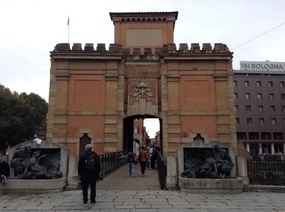
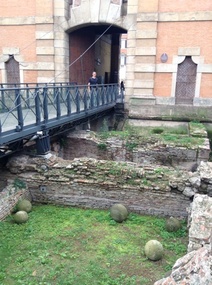




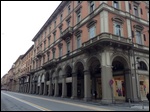
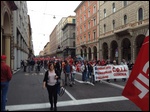
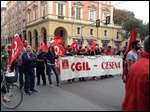
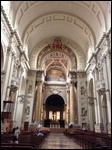
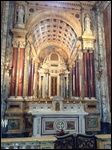
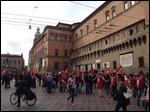
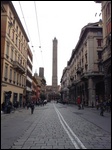
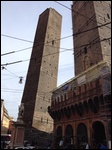

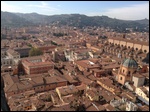
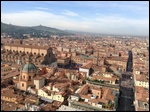
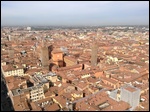
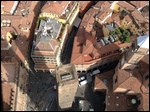
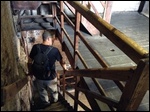
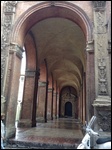
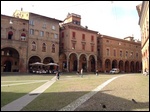
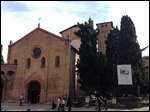
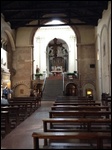

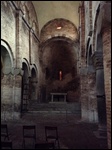
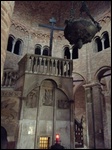

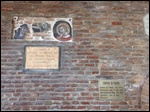
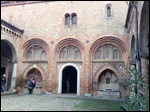
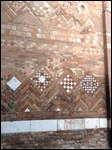
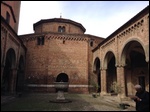
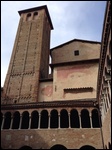
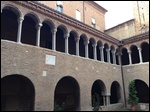
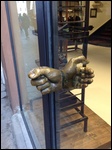
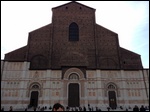

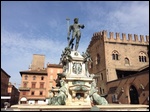
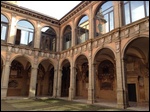
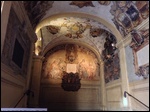
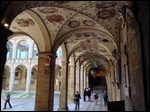
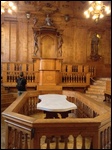
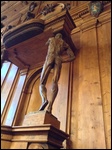
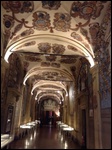
2025-05-22